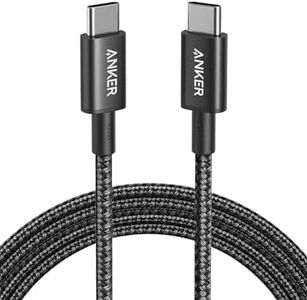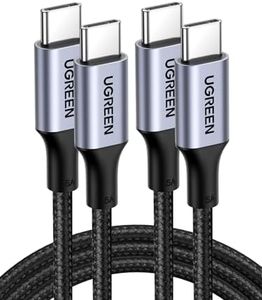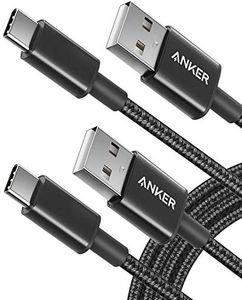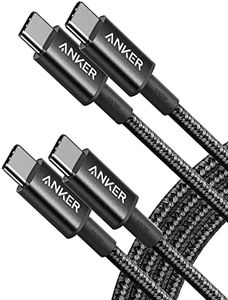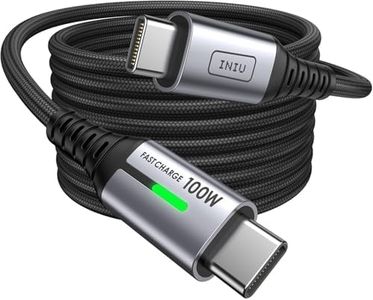We Use CookiesWe use cookies to enhance the security, performance,
functionality and for analytical and promotional activities. By continuing to browse this site you
are agreeing to our privacy policy
10 Best Usb C Cables
From leading brands and best sellers available on the web.Buying Guide for the Best Usb C Cables
Choosing the right USB-C cable can seem confusing because all cables might look similar but can perform very differently. It's important to pick a cable that matches your needs, whether you're charging your phone, transferring data, or connecting to a display. Understanding a few key specifications helps ensure safe, fast, and reliable performance to suit your devices and usage.Cable LengthCable length refers to how long the USB-C cable is from end to end. This is important because it affects where and how you can use your devices while they are connected or charging. Shorter cables (usually under 1 meter) are good for portable use or when devices are close together, such as a power bank and a phone. Medium lengths (1-2 meters) are commonly used for general charging and easy desk organization. Longer cables (over 2 meters) give you flexibility to use your device further from the power source, but can result in slower charging and data transfer over very long lengths. Think about where you’ll be using your cable and the distance between your devices.
Power Delivery (Wattage)Power delivery, often shown in watts (W), describes how much power the cable can safely carry. This matters most for charging laptops or other power-hungry devices. Common USB-C cables range from 15W (suitable for phones) up to 100W (needed for laptops and fast charging). If you only charge phones or smaller gadgets, a lower wattage is fine. For larger devices, make sure the cable and your charger both support the higher wattage needed, and always match or exceed your device’s requirements to ensure safe, efficient charging.
Data Transfer SpeedData transfer speed is how quickly information can move between devices through the cable. It's measured in megabits or gigabits per second and depends on the USB standard (like USB 2.0, USB 3.0, USB 3.1/3.2, or Thunderbolt). A basic cable might only support USB 2.0 speeds (480 Mbps), which is fine for charging or basic file transfers. Higher speeds like USB 3.0 or above let you move large files, videos, or backups much faster. If you mainly charge devices, speed may not matter. If you plan to transfer a lot of data or use external drives, pick a cable that matches your device's maximum supported speed.
Build Quality and DurabilityBuild quality describes how strong and long-lasting the cable is. Look for features like braided coverings, reinforced connectors, and strain relief—that extra protection where the cable meets the plug. Thicker cables can be more durable but less flexible. If you need a cable for travel or frequent plugging and unplugging, durable construction is important to avoid fraying or breakage. If the cable will mostly sit in one place, simpler designs may be enough.
Certification and CompatibilityCertification means the cable meets specific standards for safety and performance, such as USB-IF (USB Implementers Forum) certification. Certified cables are tested to work reliably with many devices and to avoid overheating or damaging your electronics. Compatibility ensures the cable will work with your device—for example, some USB-C cables don’t support video output or fast charging, even if the connector fits. Always check what your cable is designed to do, and match it with the requirements of your devices for the best results.
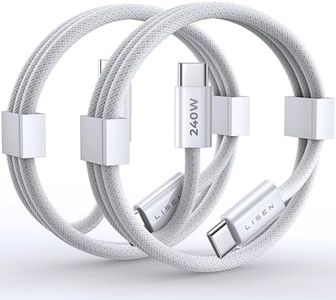

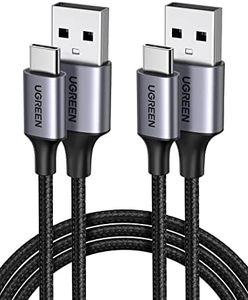

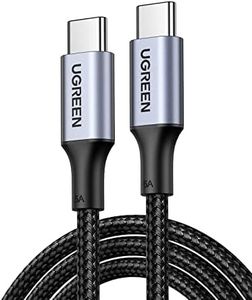
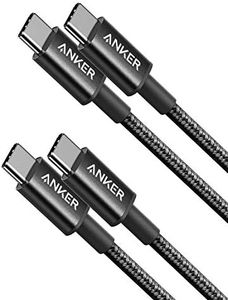
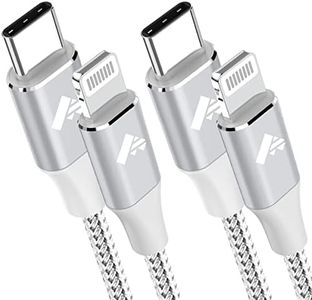
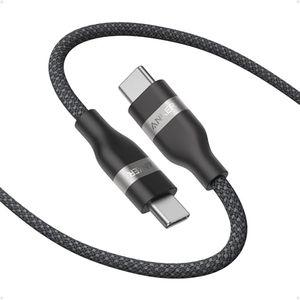
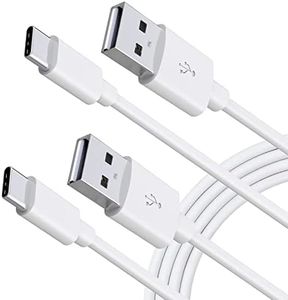
![INIU USB C Cable, [3 Packs] Type C to USB A Fast Charger [0.5+2+2m] Cables, Nylon Braided Cord USB-C Fast Charging 3.1A, USBC Cable Phone Charger for iPhone 16 15 Pro Max Samsung Galaxy S22 S21 S20](https://images-proxy.bestreviews.guide/M4N_zU8x9zm_ZkawfN7hLayOfw4=/0x300/https://m.media-amazon.com/images/I/41rC8C7AqNL._AC_CX679_.jpg)
